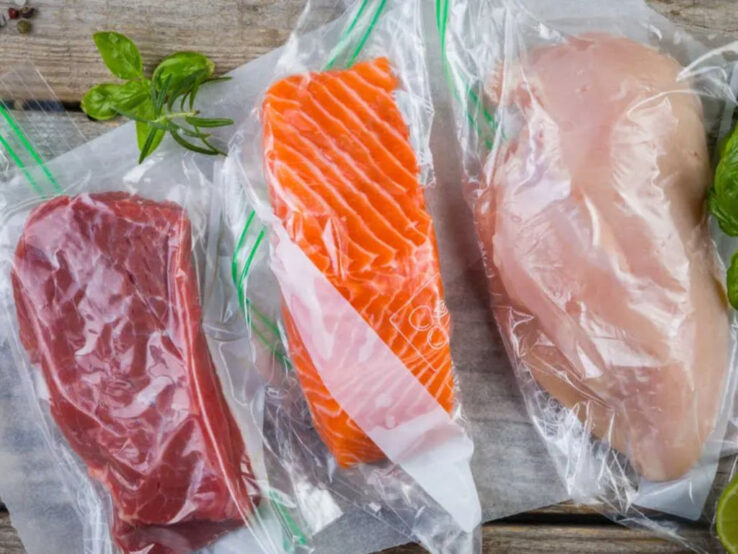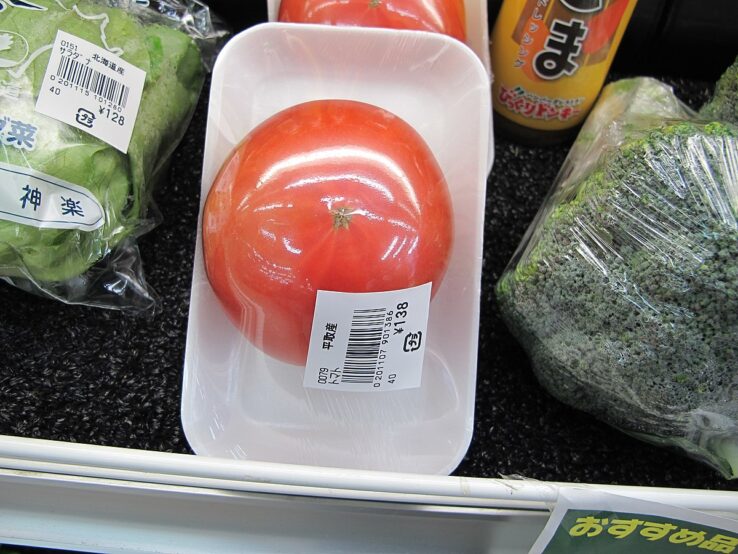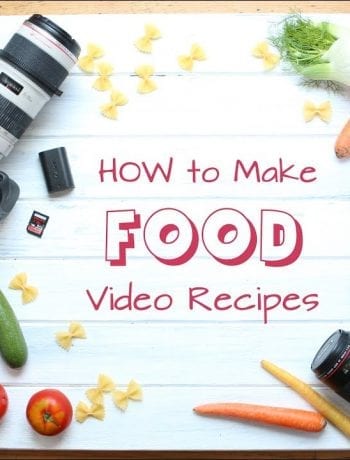In the food packaging industry, the choice between different methods can significantly impact product integrity, shelf life, and overall consumer satisfaction. Two widely used techniques, vacuum packaging, and shrink wrapping, each offer unique benefits and applications and are often misunderstood as the same. To help you out, in this article, let’s explore these methods, and take a look at when and why to opt for vacuum packaging or shrink wrapping in the realm of food packaging.
What Is Vacuum Packaging?
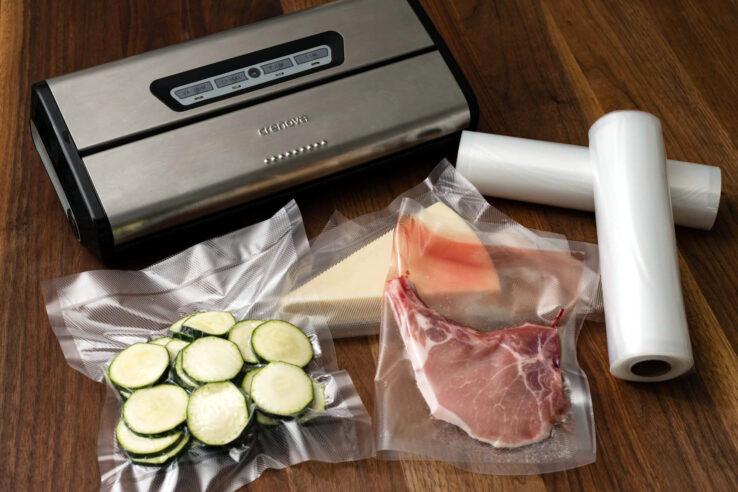
Source: en.wikipedia.org
Vacuum packaging, also known as vacuum sealing, is a method that involves removing the air from the packaging environment before sealing it. The absence of oxygen in the package mitigates the risk of spoilage, making vacuum packaging a popular choice for preserving the freshness and extending the shelf life of various food products like,
- Fresh meats and poultry
- Cheese and dairy products
- Prepared meals
- Dry foods (coffee, nuts)
- Medical and pharmaceutical products
Key Components of Vacuum Packaging
- Vacuum sealer: Utilizing a vacuum sealer machine, the air is extracted from the packaging, creating a vacuum-sealed environment.
- Packaging material: Generally, vacuum packaging uses flexible plastic materials, such as polyethylene or polypropylene, which conform tightly to the contours of the food product.
Advantages of Vacuum Packaging
Extended Shelf Life
Vacuum packaging substantially prolongs the shelf life of perishable foods by inhibiting the growth of spoilage-inducing microorganisms. This is particularly beneficial for products vulnerable to rapid deterioration, such as meats and dairy.
Preservation of Freshness
By eliminating oxygen, vacuum packaging helps maintain the freshness, flavor, and color of food products. This preservation of sensory attributes enhances the overall quality perceived by consumers.
Prevention of Freezer Burn
In frozen food applications, vacuum packaging protects against freezer burn, a common issue caused by dehydration and oxidation. The absence of air prevents ice crystals from forming, preserving the texture and taste of frozen foods.
Space Efficiency
Vacuum packaging minimizes the packaging footprint, making it an efficient option for storage and transportation. The removal of air reduces bulk, optimizing storage space for both manufacturers and retailers.
Increased Hygiene
The hermetic seal created by vacuum packaging acts as a barrier against external contaminants, ensuring a hygienic environment for the food product. This is particularly crucial for maintaining food safety standards.
What Is Shrink Wrapping?
Shrink wrapping, also referred to as shrink packaging, involves covering a product in a shrink film, which is then heat-sealed to create a tight, conforming package. The application of heat causes the film to shrink, resulting in a snug fit around the item. This method is renowned for its versatility in packaging a wide array of products, such as:
- Bottled beverages and cans
- Electronics and appliances
- Toys
- Stationery and office supplies
Key Components of Shrink Wrapping
- Shrink film: Typically made of polyolefin or PVC, shrink film offers flexibility and clarity. It is available in various thicknesses, allowing for customization based on the product and desired packaging presentation.
- Heat sealing equipment: Shrink wrapping machines use heat to seal the film securely around the product. Heat can be applied using heat guns or shrink tunnels, depending on the scale of operations.
Advantages of Shrink Wrapping
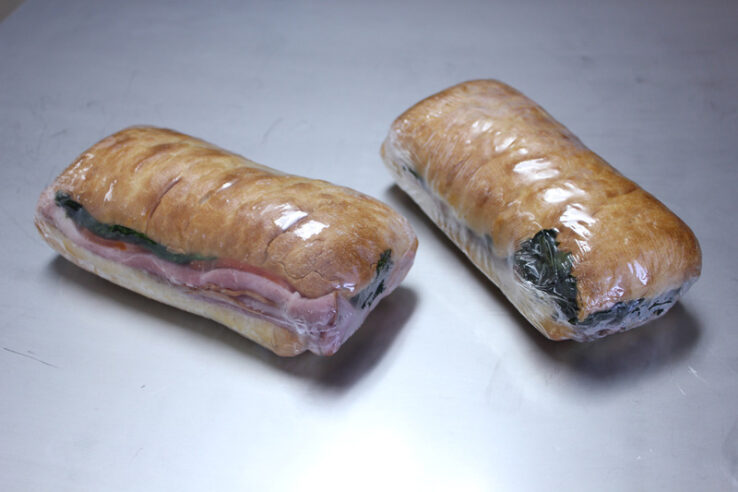
Source: heatsealco.com
Visual Appeal
Shrink wrapping enhances the visual appeal of products, providing a sleek and professional presentation. The transparency of the film allows consumers to see the product, fostering trust and influencing purchasing decisions.
Tamper-Evident Packaging
The sealed, shrink-wrapped film provides a tamper-evident barrier, assuring consumers of the product’s integrity. Any attempt to tamper with the packaging becomes immediately visible.
Customizable Packaging
Shrink wrapping allows for a high degree of customization. Manufacturers can choose from various film types, sizes, and printing options to create branded, eye-catching packaging that aligns with marketing objectives.
Protection Against External Elements
The shrink film acts as a protective barrier against external elements, protecting products from dust, moisture, and contaminants. This is particularly advantageous for products displayed in retail environments.
Similarities Between Vacuum Packaging and Shrink Wrapping

Source: alkotoegyetem.metropolitan.hu
Clear Flexible Packaging
Both vacuum packaging and shrink wrapping often use clear bags or rolls made of a plastic polymer film. While there may be exceptions, the majority of products undergoing either of these packaging methods benefit from the transparency offered by clear film.
Heat Sealing
The fundamental technique of heat sealing unites both vacuum packaging and shrink wrapping. In both processes, heat is applied to create a secure seal around the product, ensuring containment and protection.
Conformed Finished Look
A cohesive exterior is a hallmark of both vacuum packaging and shrink wrapping. The plastic film in both methods conforms tightly to the outlines of the product, resulting in a finished look that not only enhances the visual appeal but also provides a protective layer against external elements.
Differences Between Vacuum Packaging and Shrink Wrapping
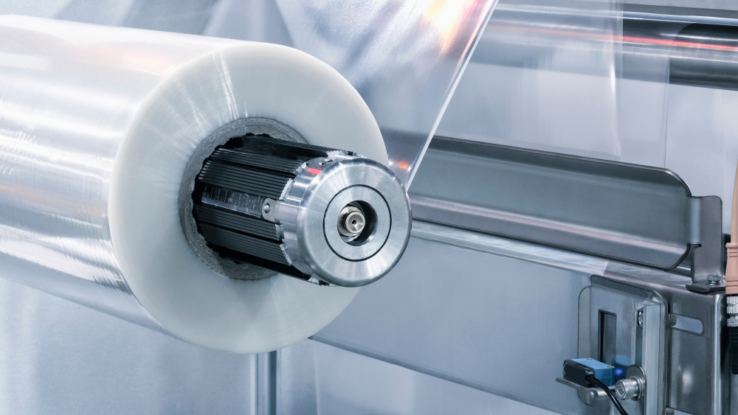
Source: uspackagingandwrapping.com
Thickness of Materials Used
While both vacuum packaging and shrink wrapping use flexible packaging materials, there is a notable difference in thickness. Vacuum packaging typically involves the use of thicker materials compared to shrink wrapping. Vacuum bags, in particular, can be three to four times thicker than the materials commonly employed in shrink wrapping.
Machinery Use
The machinery employed in the production of vacuum packaging and shrink wrapping stands as a stark difference between the two methods. Despite both relying on heat sealing, the machinery used in each process is not interchangeable. The distinct machinery ensures that the specific nuances of each method are accommodated.
Absence of Oxygen
A common misconception surrounding these packaging methods lies in the treatment of oxygen. While both methods contribute to preserving consumable products, the approach differs.
Vacuum packaging utilizes an air nozzle or pressure to remove a significant portion, if not all, of the oxygen from the package. This absence of oxygen is a key factor in extending shelf life and naturally preserving consumable products. On the other hand, shrink wrapping may not focus explicitly on oxygen removal, but excels in providing a protective barrier against external elements.
Endnote
In the dynamic landscape of food packaging, the choice between vacuum packaging and shrink wrapping is not a universal decision. Each method brings unique advantages and applications to the table, catering to diverse product requirements and market expectations.
Manufacturers must carefully evaluate the nature of their products, shelf life goals, and desired packaging presentation to determine the most suitable method for their specific needs. If you like to learn more about packaging, visit TDI Packsys.


